Alkes
字体介绍:
超过1200个字形,有14种风格;
斜体字的真实形式;
人文主义特征和比例;
扩展拉丁语、扩展西里尔语和希腊语;
适用于130多种语言
中等对比度;
非常适合文本、标题和网络;
涵盖许多OpenType功能
连字号、小写字母、区分大小写形式、旧式数字、表格数字、小数
Named after a star and inspired by the cosmos, the Alkes font travelled a long way from a graduation project to a published multi-script serif type family. Designed intending to harmonize between three scripts – Latin (English), Cyrillic, and Greek, the contemporary, yet well defined humanist serif combines the best out of the digital and analog worlds. Featuring a generous x-height, wide letter spacing, large open counters, and angled stress contrast, Alkes is highly effective for editorials and publishing, where long texts and legibility are the key forces. Its attractive details, calligraphic structure, and asymmetrical serifs shine through in the larger sizes and make Alkes suitable for headlines. Alkes has a pull with editorial designers, graphic designers, and publishers who aim for a clear structure, hierarchy, and coherent non-Latin scripts for both print and on-screen environments, in order to achieve otherworldly designs.
Abenaki, Oromo (also Afaan), Afar (also Afar Af, Afaraf, and Qafar af), Afrikaans (also Cape Duch, Cape Afrikaners, and West Germanic language of South Africa), Albanian, Alsatian, Amis, Anutan, Aragonese, Aranese (also Occitan), Aromanian (also Macedo-Romanian, and Vlach), Arrernte, Arvanitic (also Arvanitika – Latin), Asturian, Atayal, Aymara, Azerbaijani (also Azeri – Cyrillic), Bashkir (Latin), Basque, Belarusian (also Lachinka), Bemba, Bikol, Bislama, Bosnian (Cyrillic), Breton, Bulgarian, Kabuverdianu (also Cape Verdean Creole, Kriolu, Barlavento, and Sotavento), Catalan, Cebuano, Chamorro, Chavacano, Chichewa (also Nyanja), Chickasaw, Cimbrian, Cofán (also Kofán), Corsican, Muscogee (also Creek), Crimean, Tatar (Latin), Croatian (also Gaj’s Latin alphabet, Abeceda, and Gajica), Czech, Uab Meto (also Dawan), Delaware, Dholuo, Drehu, Dutch, English, Esperanto, Estonian, Faroese, Fijian, Filipino (also Modern Philippines), Finnish, Folkspraak, French, West Frisian, Friulian, Gagauz (Latin), Galician, Ganda (also Luganda), Ligurian Genoese (also Zeneise, and Zeneize), German, Kikuyu (also Gikuyu), Guniyandi (also Gooniyandi), Greek, Greenlandic (also Kalaallisut), Guadeloupean Creole, Gwich’in, Haitian Creole, Hän, Hawaiian, Hiligaynon (also Abakada), HopiHotcąk (Latin), Hungarian, Icelandic, Ido, locano (Iloko / Pagsasao nga Ilokano), Indonesian, Interglossa (also Glossa), Interlingua, Irish, Istro-Romanian, Italian, Jamaican Patois (also Patwah, and Jamaican Creole), Javanese (Latin), Jèrriais, Kalaw Lagaw Ya (also Kalau Lagau, and Kala Lagaw Ya), Kapampangan (also Pampangan – Latin), Kaqchikel, Karakalpak (Latin), Karelian (Latin), Kashubian, Kikongo, Ikinyarwanda (also Kinyarwanda, Rwandan, and Rwanda), Gilbertese (also Kiribati), Kirundi (also Rundi), Kurdish (Latin), Ladin, Latin, Latino sine flexione, Latvian, Lithuanian (also Lithuanian Lietuviu Kalba, and East Baltic language), Lojban, Lombard, Low Saxon, Luxembourgish, Maasai (also Masai, and Maa), Makhuwa (also Makua, Macua, Central Makhuwa, Emakhuwa-Makhuwana, Emakua, Makhuwa-Makhuwana, Makhuwwa of Nampula, Makoane or Maquoua), Malay, Maltese, Manx Gaelic, Maori, Marquesan, Megleno-Romanian, Meriam Mir (also Eastern Torres Strait language), Mirandese, Mohawk, Moldovan, Innu-aimun (also Montagnais), Montenegrin, Murrinh-Patha, Nagamese Creole, North Ndebele (also isiNdebele saseNyakatho, and Zimbabwean Ndebele), Neapolitan, Ngiyambaa (also Ngiyampaa, Ngempa, and Ngemba), Niuean, Noongar (also Nyungar), Norwegian (also Nynorsk, and Bokmål), Novial, Interlingue (










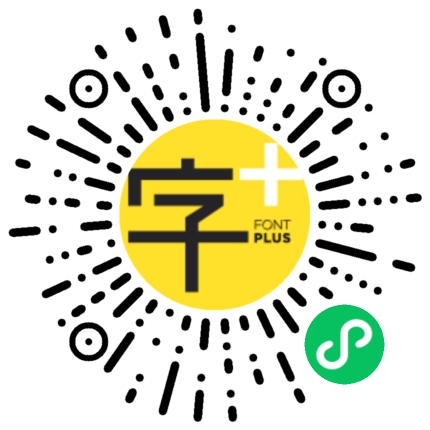
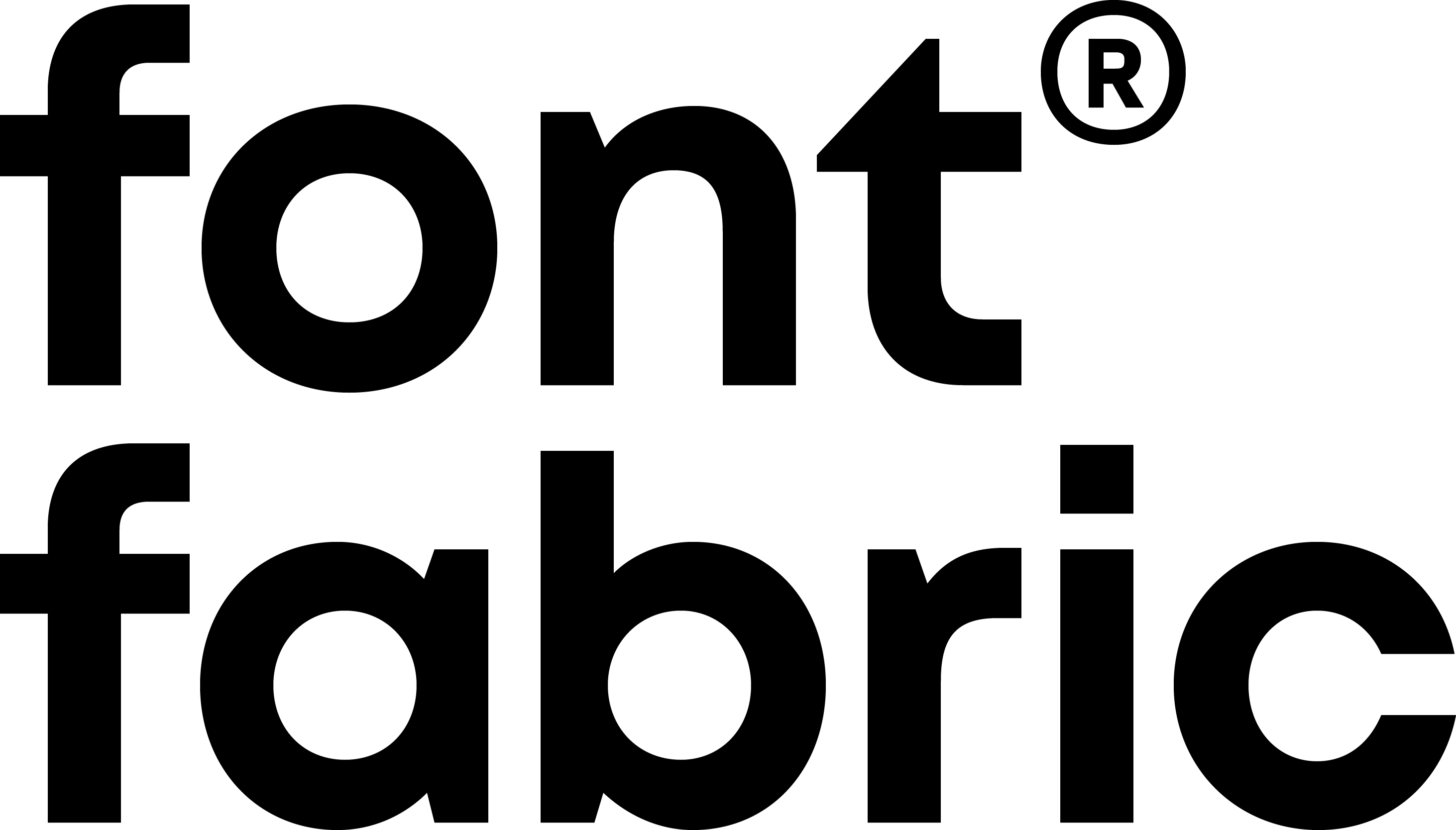

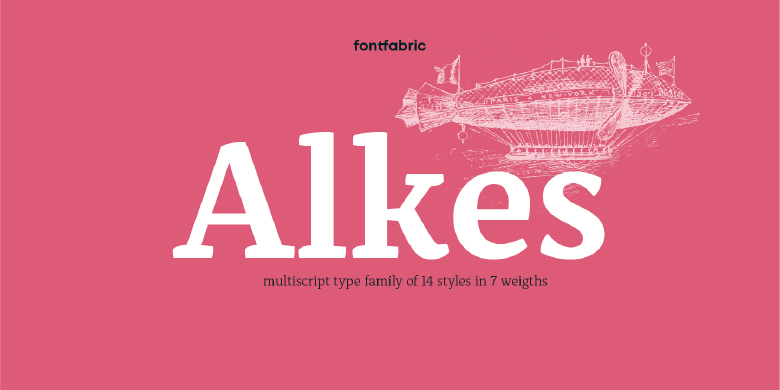
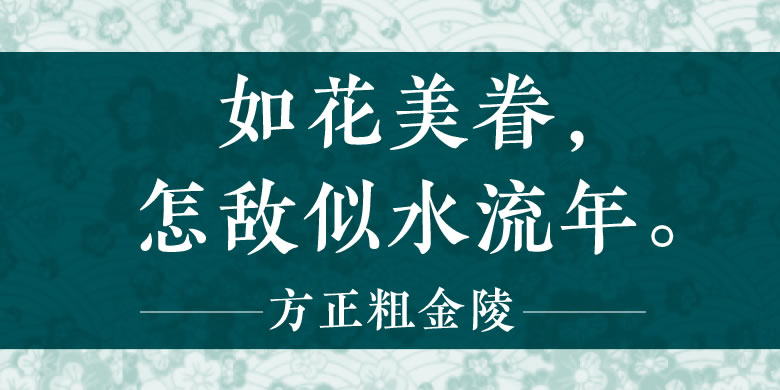

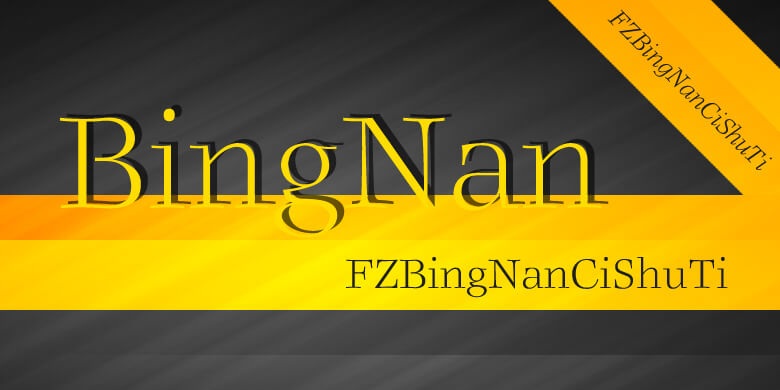
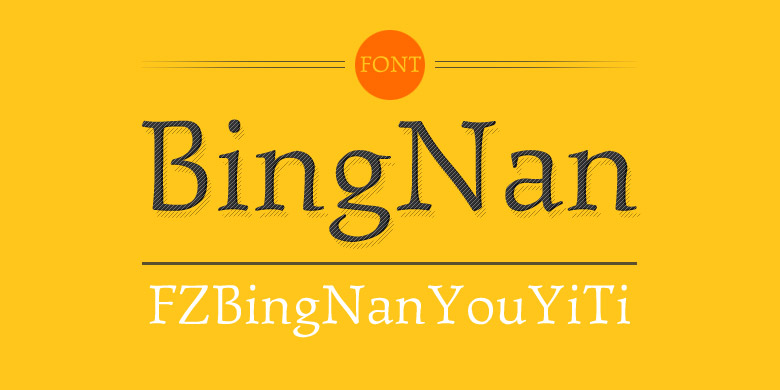
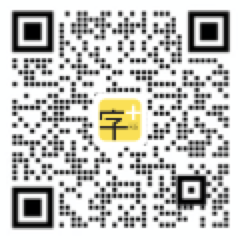


 商业发布授权
商业发布授权
 出版物授权:针对出版物
出版物授权:针对出版物
 嵌入式应用授权
嵌入式应用授权






